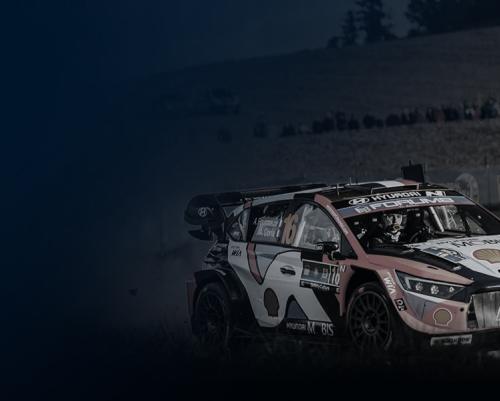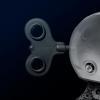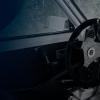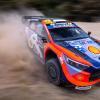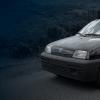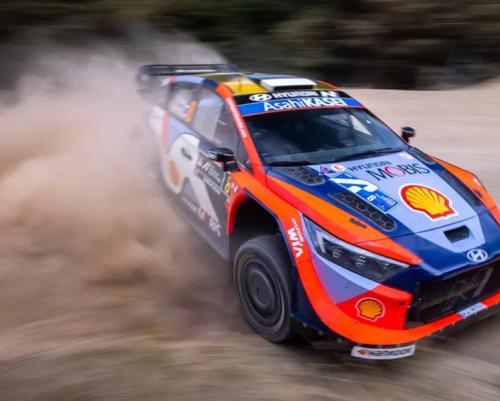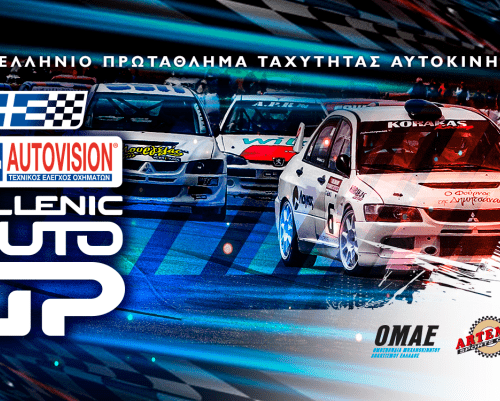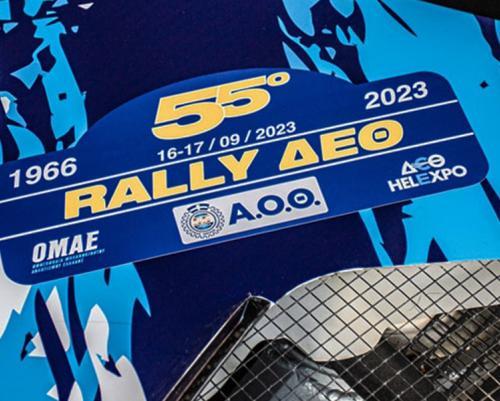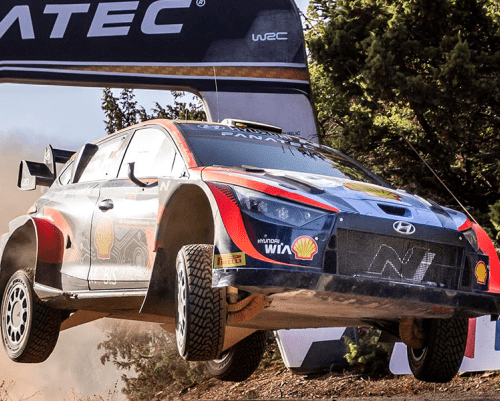This was one of those trips that “pull you in” the moment you think about it. I’d wanted for years to watch a purely tarmac rally with the modern WRC cars: to see how they turn, feel the speed, and live the rhythm from as close as possible. So, together with a friend from Lefkada —we first met through sim racing and later in person at the Ritsona hill climb— we decided to go to the Central European Rally. In the end, sim racing really does bring people together.
Trip planning: simple, early, smart
- When/how much: We booked about two months in advance. If you book earlier, the cost drops significantly.
- Route: We met in Athens → flight → rental car → rally base in Passau (southern Germany). Think of Passau as the rally’s “Lamia/Loutraki.”
- Stay: We stayed in a village ~30 minutes from Passau for better access to the stages.
- Days: We arrived Thursday noon, caught service/a stage, and from Friday we followed the rally. We left Monday (we spent the last day strolling around Munich).
Pro tip: It’s a very accessible rally. With proper management (tickets, car, accommodation) it becomes both affordable and easy.
Follow us on Social Media Facebook, Instagram & YouTube to be informed about our motorsport activities.
On the road: speed limits, discipline, zero stress
About ~2.5 hours of driving from Munich to Passau, mostly on the highway.
What stood out: everyone sticks to the limits. No panic overtakes, no honking, no tailgating. No tolls, open borders — you realize you’ve crossed when your carrier sends an SMS and the car shows the new speed limits.
A calm experience that lets you enjoy the road trip.
The stages: three countries, three “characters”
- Narrow lanes that barely fit a car, autumn leaves, a bit damp, puddles: the classic image from rally games — only here it’s real.
- Wider roads, long straights with square bends, meadows and… cows everywhere. The dominant “smell” of the rally wasn’t fuel — it was the meadows. If you’re sensitive to strong smells, keep it in mind.
- Many passes through villages, with artificial chicanes added for more spectacle.
Picking spots: I prefer panoramic viewpoints. See the car for longer, not just 2–3 seconds right in front of you.
Organization – Safety – Fan Zones
The difference compared to Greece is obvious.
- Fan Zones: Entry ~€90 for three days + €5 for parking (one charge covers everywhere). In return you get organized viewing areas with marshals, clear crowd flow, clean running-water toilets, food stalls, official team merch, and safe road crossing where there’s access on both sides.
- Parking control: Police/organizers guide you. On “non-official” accesses, the road closes 5–6 km beforehand. You park outside and walk. No “I’ll just park anywhere” — and rightly so.
- Maps/access: Official maps are OK, but in some Fan Zones I’d like clearer parking signage. In this respect, our Acropolis maps are more thoroughly worked.
Is it worth the money? Yes. You pay for organization and real safety for everyone.
Side events: historic & electric – time that actually “fills”
Huge plus: when the modern cars are done, you don’t sit through long gaps.
- Historic rally with legends: Audi Quattro, Fiat 131 Abarth, Renault 5, Ford RS200, Lancia 037/Delta Integrale, etc. A breath of nostalgia — and unique spectacle.
- ADAC electric series (Opel Corsa-e): they also run through stages and keep the crowd warm.
This way you can “camp” at one stage from morning till evening and watch many different runs.
Service Park & Tyre Fitting Zone: where the heart beats
The Service Park in Passau is exemplary: clean organization, a large indoor hall like a concert venue with a stage for interviews/spots, live streaming from the rally, bands, food stalls, merch, tables, and even simulators on the upper floor.
In the Tyre Fitting Zone (between stages) you see drivers/mechanics changing tyres up close. A different feel from stage passes — more human and “backstage.”
Daily rhythm: two stages per day and… some sightseeing
We kept to 2 stages/day. A third one gets tight and you start chasing the clock. Better to enjoy the area a bit (walks, food, photos) — especially with those autumn colors.
Community: wherever there’s rally, there are Greeks
We met Greek fans at every spot. From the G-Rally community to marshals from Thessaloniki who drove there (they told us 1,200–1,500 km, ~12–14 hours). For those in Northern Greece, the trip is very doable by car.
Tips that will save you
- Book early (flights/car/stay).
- Get a Fan Zone Pass: the €90 is worth it, especially if it’s your first time.
- Aim for panoramic spots and don’t chase “right in front of me” passes.
- Walk: accept 1–5 km on foot — it’s part of the experience.
- Use official maps, but keep a plan B for parking/access.
- Two stages/day is the sweet spot.
- Service/Tyre Fitting Zone: a must for close contact with teams/drivers.
What I’ll keep – and what I’d change
+ Safety, organization, spectator experience, side events, Service Park atmosphere.
± I’d like smarter parking signage in the Fan Zones.
Final thoughts
The Central European Rally is the perfect “first date” with a tarmac WRC. Accessible, organized, no dust/strain, with easy roads and maps that (for the most part) work flawlessly.
Personally, I love tarmac (and snow) more than gravel — and I’ll definitely do it again.
